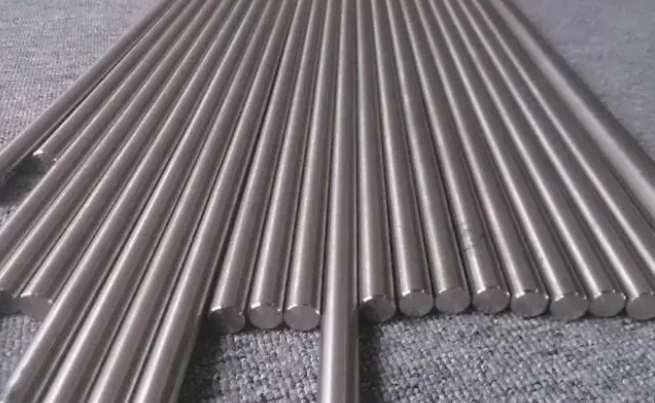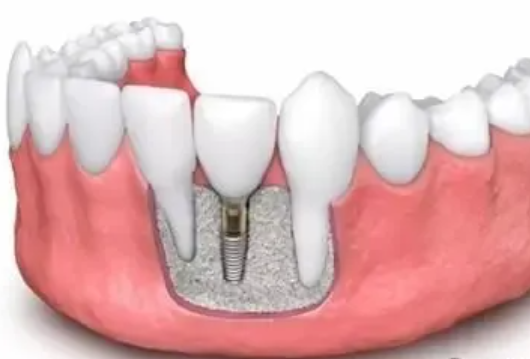끊임없는 기술의 발전과 산업의 발전으로, 텅스텐 합금, 및 티타늄 합금, 두 가지 고성능 합금, 많은 분야에 널리 적용되어 왔습니다. 우수한 기계적 성질로 인해 높은 평가를 받고 있습니다., 좋은 내식성, 및 고온 성능.
그러므로, 특징과 차이점을 비교해 보겠습니다..

나. Tungsten Alloys
Tungsten alloy is an alloy composed mainly of tungsten, with added elements such as nickel, cobalt, and iron.
- High Density: Tungsten alloy has a high density, typically ranging from 16 에게 20 g/cm³, more than twice the density of steel. This high density gives tungsten alloy a significant mass, which can effectively resist external impact and pressure.
- High Hardness: Tungsten alloy is tough, usually ranging from 8 에게 9 on the Mohs scale. Its high hardness provides excellent wear resistance, making it suitable for high-load, high-friction environments.
- High Melting Point: Tungsten alloy has a high melting point, generally between 3420-3800°C. This high melting point gives tungsten alloy good high-temperature resistance, making it applicable in high-temperature environments.
- Good Corrosion Resistance: Tungsten alloy has good corrosion resistance at normal temperature and pressure, capable of resisting corrosion from most acids, bases, and salts.
II. 티타늄 합금
티타늄 합금 is composed mainly of titanium, with added elements such as aluminum, vanadium, and zirconium.
- Lightweight: Titanium alloy has a low density, typically between 4 에게 5 g/cm³, about one-third the density of steel. Its lightweight nature reduces structural weight effectively.
- 고강도: Titanium alloy has high strength, usually ranging from 800 에게 1000 MPa. This high strength gives titanium alloy excellent load-bearing capacity, making it suitable for high-stress environments.
- Good Corrosion Resistance: Titanium alloy has good corrosion resistance at normal temperature and pressure, especially exhibiting superior corrosion resistance in seawater.
- Good Biocompatibility: Titanium alloy has good biocompatibility, making it widely used in the medical field, such as in artificial joints and implantable stents.
III. Differences Between Tungsten Alloy and Titanium Alloy
- Density: Tungsten alloy has a higher density than titanium alloy, meaning tungsten alloy is heavier and has stronger impact and pressure resistance. In contrast, titanium alloy’s lower density makes it more suitable for applications requiring lightweight materials.
- 경도: Tungsten alloy is harder than titanium alloy, providing better wear resistance. 하지만, in applications where good machinability is required, titanium alloy’s lower hardness is advantageous.
- Melting Point: Tungsten alloy has a higher melting point than titanium alloy, providing better high-temperature performance. 하지만, titanium alloy has superior oxidation resistance at high temperatures.
- Corrosion Resistance: Both tungsten alloy and titanium alloy have good corrosion resistance at normal temperature and pressure, but in specific environments such as seawater, titanium alloy’s corrosion resistance is superior.
- Application Fields: Tungsten alloy is primarily used in high-load, high-friction, and impact-resistant applications, such as cutting tools, drill bits, and molds. Titanium alloy is mainly used in aerospace, aviation, and medical fields that require lightweight, 고강도, 및 내식성.
You May Think “Is Tungsten Titanium Alloy Much Better? “



